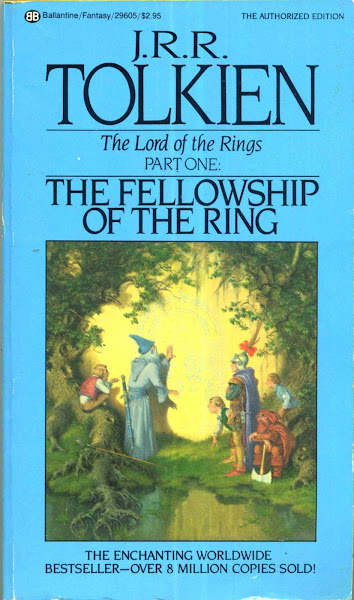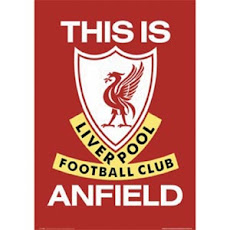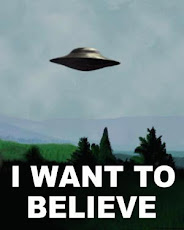This appears in the Monday April 11, 2011 edition of the Business Mirror.
Green Hope
by rick olivares
At six foot four, you think he’d be the big man on campus. Only he wasn’t. He was the class comedian who spewed a thousand laughs a day and lived a carefree life.
And who would have thought that it would have taken a history teacher to send him on his path that turned out to be an amazing journey.
“You’ve been blessed with height and talent,” his teacher encouraged. “Don’t let it go to waste. Make the most out of it.”
Those words went on to have a profound effect on AC Green. He led his high school team Benson Polytechnic in Portland to a state championship. He was then named Oregon Player of the Year and a high school All-American. Highly recruited, he chose to stay home and go to Oregon State University where he grew to his current 6’9” frame and became a basketball star. He capped his stellar college career by earning a diploma in Speech Communications in four years’ time.
But that wasn’t it. AC was just getting started. There’s the stuff of legend – three NBA titles with the Los Angeles Lakers, the streak of having played 1,192 consecutive matches, and his well-documented vows of sexual abstinence during his bachelor days.
“It starts with a short term goal,” he said as a preamble to the secret of his success. “I learned that from (former Lakers assistant coach) Bill Bertka who would always tell us at the end of the season whether we won the championship or not that he needed us to come back the following year at least ten percent better in whatever – rebounding, field goal percentage, free throw shooting. He said, ‘that’s all I am asking. If you come back 10% better in something then the entire team will be better collectively.’ That was something I applied to the game of basketball. And so I adopted the philosophy that ‘if I can breathe then I can play.’”
Never was that more sorely tested than the time when he was intentionally elbowed by former New York Knicks center JR Reid. Green lost two front teeth and a suffered a head injury because of the hit. But he soldiered on as he put on a facemask and continued to play in pain although in limited minutes.
“The pain,” recalled Green. “Yeah, nicks, contusions, sprains, broken bones and what have you. I call them ‘fender benders’. Everyday you wake up with something that ails you. That comes with the territory. But you have to learn how to develop a tolerance to pain. You cannot have excuses. You have to go out and do your job because if you don’t, the coach will find someone else who will and who can. So I learned to handle it. And after I decided to call it a career, it was rewarding, don’t you think?”
Indeed it was. The Laker teams he played for went to the NBA Finals four times in his first six years where they won two consecutive titles in 1987 and 1988 (they lost in the 1989 Finals to Detroit and 1991 series to Chicago).
“When I first joined the Lakers, I had no idea what it was like,” recalled the forward-center who played for four NBA teams. “The veterans would tell me what it was like but I had to learn so much a long the way. You had guys who had been through these ‘NBA wars’ and I was a new soldier coming in. But there was an excitement factor because I was felt that I was a part of something special. Imagine, it lasted a whole decade. It was really so much fun playing alongside Kareem Abdul-Jabbar, Magic Johnson, Michael Cooper, Kurt Rambis, Byron Scott, Mychal Thompson, Mitch Kupchak, and all those guys. Now that I am years removed from the league, I can definitely say that it was something special. It’s a very fond memory.”
Ten years removed from the NBA, Green’s life still very much revolves around basketball. He founded the AC Green Foundation that promotes and provides information about abstinence to young people. He was recognized by the US House of Representatives’ Congressional Record of October 1999 for being an outstanding role model. He is also an ambassador for 3BA International, a three-on-three full court professional basketball league that tipped off in June of 2010 (he owns a 3BA franchise in his hometown of Portland).
In Manila for the fifth time, Green is supporting the Jr. NBA program. In the briefing for the coaches who will run the basketball clinics, the former Laker recounted those fateful words his high school teacher had for him all those long years ago.
“You will never know when your words to the young will make a difference,” passionately enthused Green. “They are at an impressionable age. Your words will stick in their minds. So imagine what words of hope and encouragement can do. They worked for me and they can work for everybody else.”
- 0 -
During my 15-minute chat with AC, I asked him if he heard of how Filipinos are very knowledgeable about the NBA and NBA players. Said Green, “Yes, I heard of that. But it isn’t just Filipino fans. There are hardcore NBA fans everywhere. But let’s see what you got?”
I was taken aback. I wasn’t ready for that. It took about 30 seconds before I could respond. “C’mon, Rick, I’m waiting,” he teased while looking at an imaginary wristwatch.
Then I said, “In Game 5 of the 1991 NBA Finals, James Worthy and Byron Scott were out with injuries. Facing elimination on your home court, Mike Dunleavy played only seven men. It was the only time that you started in the series against the Chicago Bulls and you not only scored in double figures but you helped key a rally that had Jordan and company back on their heels.”
He smiled. “Yeah, that’s pretty good. Very impressive. Those guys (the Bulls) were just killing us from all angles. Even if we had everyone healthy, we were having a tough time against them. So how about me telling you something you may not know?”
I nodded.
“In the NBA Finals, every time we lost two players, we lost the series. There was 1991 against Chicago and 1989 against the Pistons when Byron Scott and Magic Johnson were out with leg injuries.”
“You’re right,” I confirmed. “I didn’t know that.”
We laughed and shook hands.










No comments:
Post a Comment